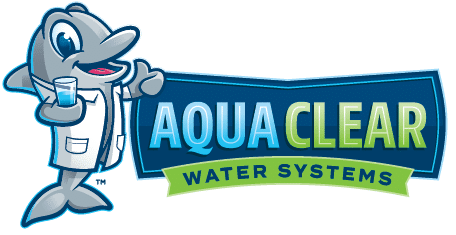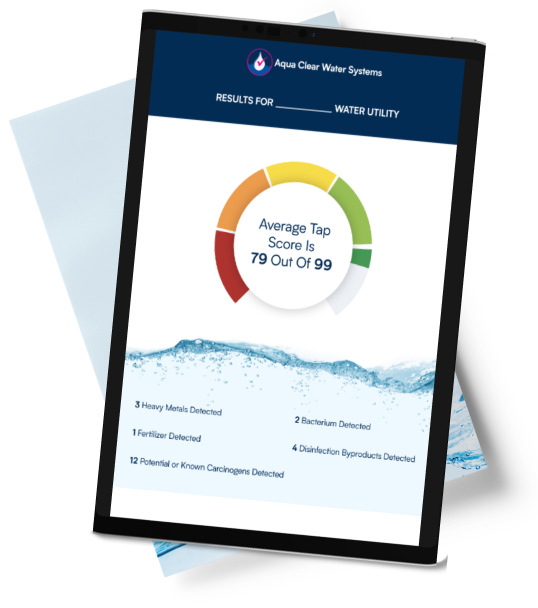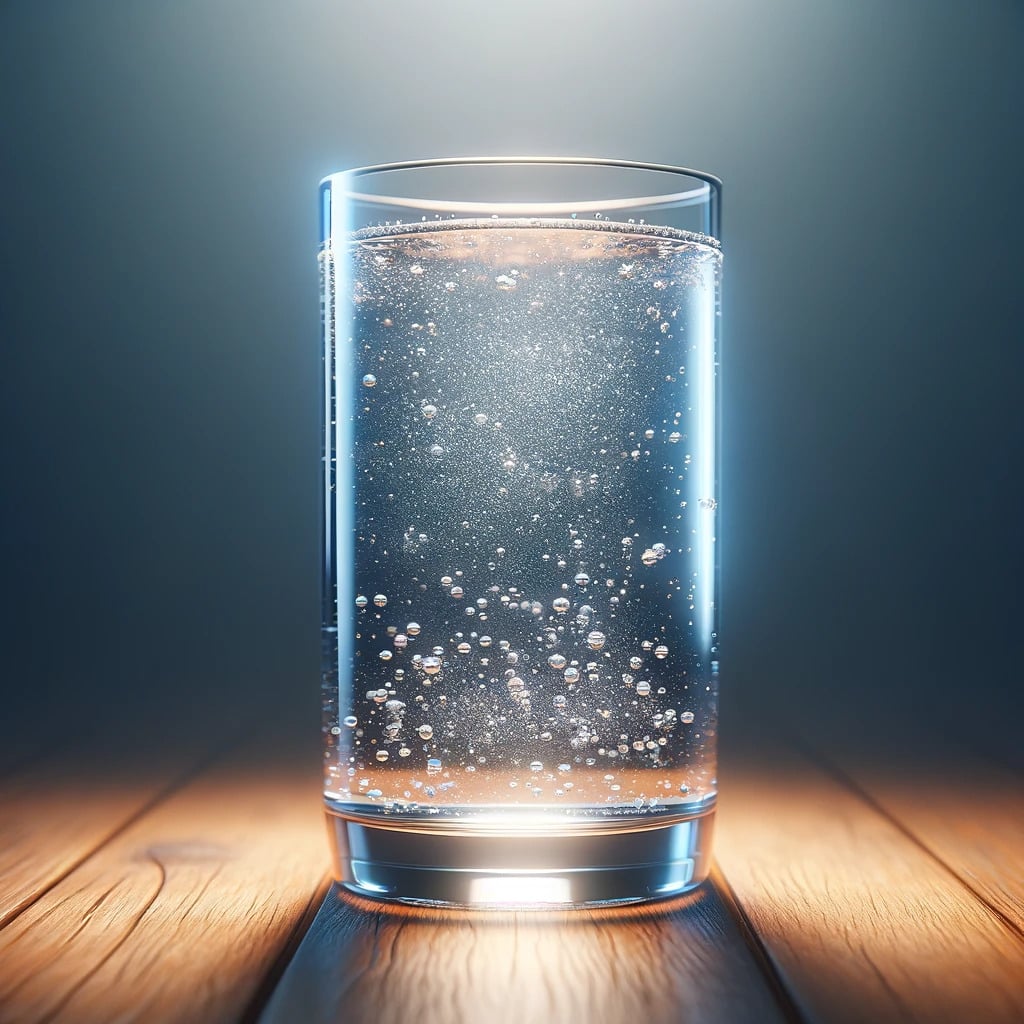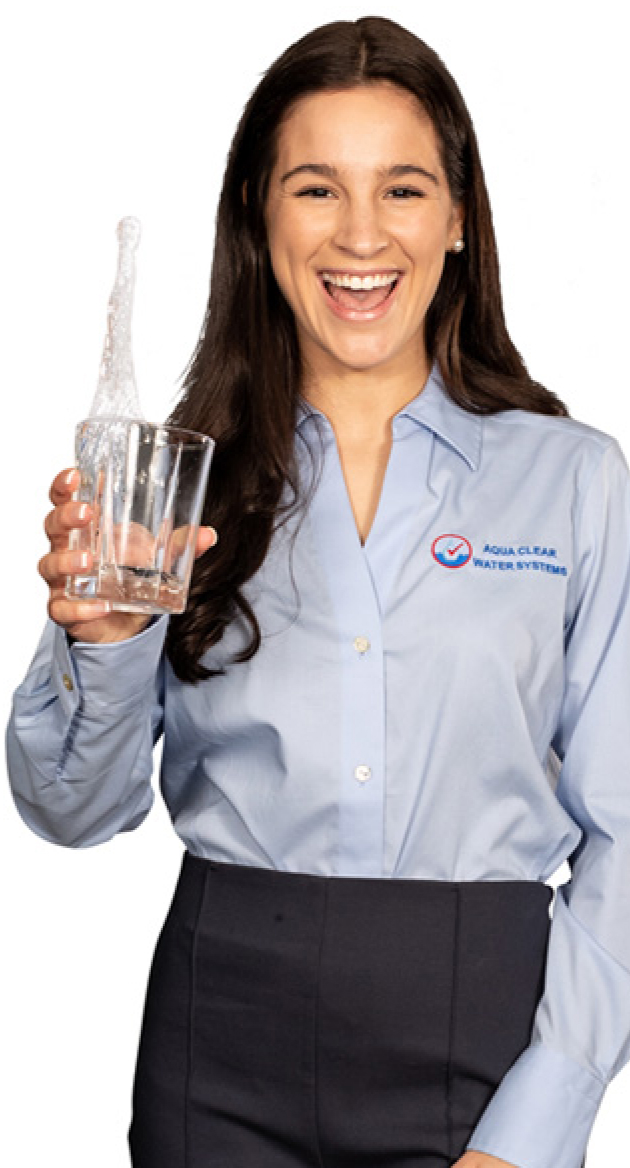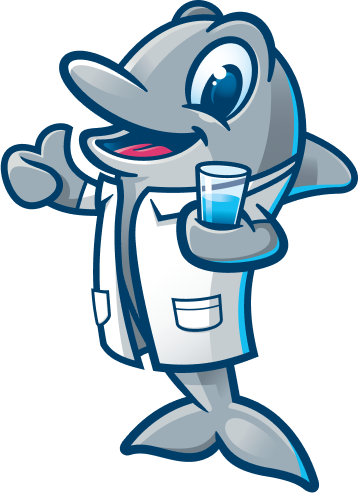Water is something that most people take for granted. People turn on the tap and assume what comes out is safe, but the truth is this isn’t always the case. Across America, millions of people unknowingly drink tap water pollutants that, while often not visible, can severely impact health, appliances, and even taste.
Having a good understanding of these common contaminants—and how to remove them—is vital for protecting your home and your family.
This article explores the most common tap water contaminants, the challenges they pose, and the solutions that ensure cleaner, safer drinking water.
Why Understanding Tap Water Quality Matters
The U.S. Environmental Protection Agency (EPA) sets high standards for public water systems. However, those standards don’t always cover every emerging pollutant. Natural geology, agricultural runoff, and infrastructure issues can allow arsenic, lead, PFAS, nitrates, chlorine byproducts, and microorganisms to enter your water supply.
Even though tap water may meet federal requirements, it can still carry substances that affect taste, odor, or long-term health. This is why many families now rely on water filtration systems to provide an added layer of protection.
The Most Common Contaminants in U.S. Tap Water
Here are the ten most concerning contaminants found in residential water supplies and the best ways to remove them.
1. Lead
Source: Old pipes, plumbing fixtures, lead solder.
Risks: Neurotoxicity, developmental issues in children, kidney problems in adults.
Solution: Certified reverse osmosis systems, under-sink filters, or whole-home filtration systems designed for heavy metals.
2. Fluoride
Source: Municipal water fluoridation initiatives.
Risks: Overexposure may affect teeth and bones.
Solution: Reverse osmosis or activated alumina filters.
3. PFAS (Forever Chemicals)
Source: Industrial waste, consumer products, firefighting foams.
Risks: Hormonal disruption, immune problems, potential cancer links.
Solution: Granular activated carbon (GAC filters), ion exchange, or reverse osmosis systems.
4. Volatile Organic Compounds (VOCs)
Source: Industrial solvents, gasoline runoff, pesticides.
Risks: Cancer, neurological problems, organ damage.
Solution: Granular activated carbon and multi-stage whole-home systems.
5. Iron and Manganese
Source: Naturally occurring in groundwater.
Risks: Stains laundry and fixtures, metallic taste, appliance wear.
Solution: Water softeners, oxidation-filtration units, and specialty media filters.
6. Arsenic
Source: Naturally occurring in groundwater, especially rural wells.
Risks: Cardiovascular diseases, neurological issues, cancer.
Solution: Reverse osmosis filtration, adsorption media systems, or specialized arsenic removal filters.
7. Nitrates and Nitrites
Source: Agricultural runoff, septic tank leakage.
Risks: Dangerous for babies (“blue baby syndrome”), potential reproductive issues.
Solution: Reverse osmosis, ion exchange nitrate filters.
8. Sediment and Particulates
Source: Rusted pipes, construction runoff, soil erosion.
Risks: Cloudy water, reduced filter performance, clogged plumbing.
Solution: Sediment pre-filters (5 micron or finer) installed before main filtration stages.
9. Microorganisms (Bacteria, Viruses, Parasites)
Source: Groundwater left untreated, sewer cross-contamination, leaking pipes.
Risks: Infections, gastrointestinal illness.
Solution: Ultraviolet (UV) purification systems, reverse osmosis membranes, or multi-barrier whole-home systems.
10. Chlorine and Disinfection Byproducts
Source: Water treatment plants use chlorine or chloramine to disinfect public water.
Risks: Unpleasant taste and odor, potential links to cancer from long-term exposure to disinfection byproducts (THMs and HAAs).
Solution: Activated carbon filters or whole-home filtration systems that specifically target chlorine and chloramine.
How to Protect Your Household
The safest approach is to combine regular water testing with a reliable filtration system tailored to your needs. Homeowners on municipal water supplies may need systems designed to handle chlorine, chloramine, and byproducts, while private well owners may need systems tailored to heavy metals, nitrates, or microorganisms.
Advanced filtration technologies such as reverse osmosis, activated carbon, ion exchange, and UV treatment can work individually or in combination to remove the widest possible range of contaminants.
Final Thoughts
Clean water is non-negotiable when it comes to protecting your family’s health. While U.S. water systems are regulated, many contaminants still make their way into household supplies. The good news is that with the right home filtration system, you can remove up to 99.9% of these harmful substances.
If you’re ready to take the next step, Aqua Clear Water Systems can help you choose the best whole-home or under-sink system for your household. Our team offers professional water testing and customized solutions designed to give you complete peace of mind.
